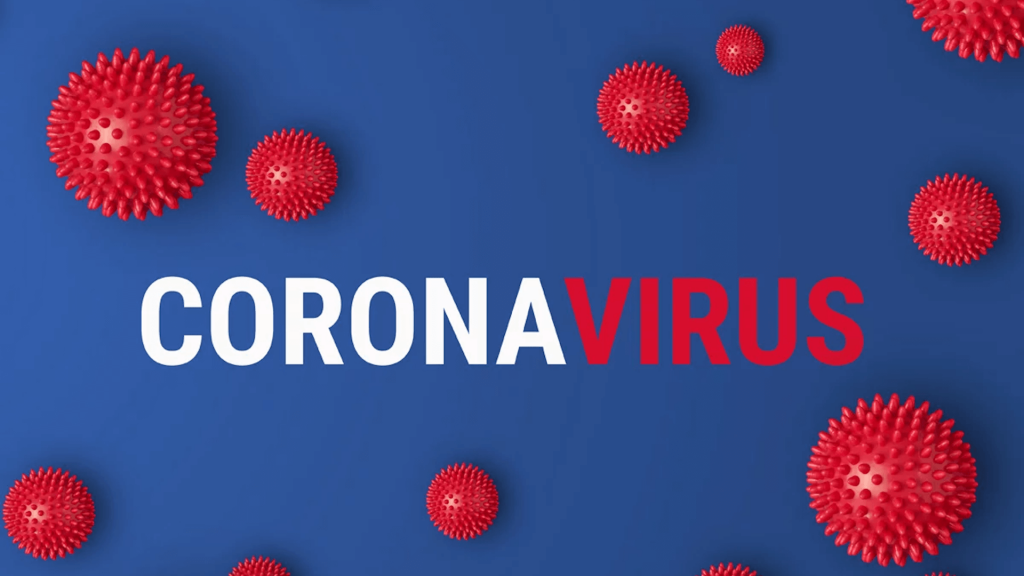
By Edie Grossfield | Health & Caregiving Editor | Next Avenue
Part of the THE CORONAVIRUS OUTBREAK: WHAT YOU NEED TO KNOW SPECIAL REPORT
(Last updated March 18, 8:45 a.m.)
As the coronavirus (COVID-19) continues to spread around the U.S., it’s important to stay informed. This FAQ will be updated as the situation changes and new information is released. Most of the information in this article is from the Centers for Disease Control and Prevention (CDC) and the National Institutes of Health.
What is the coronavirus (COVID-19)?
The coronavirus is a new virus that was first detected in Wuhan, China, at the end of 2019, and is now in more than 150 countries and territories around the world, including in the U.S. It’s not like the other known coronaviruses — for example, SARS-CoV or MERS-CoV — that commonly circulate among humans. This new virus has been named SARS-CoV-2 and the illness it causes is called the coronavirus disease 2019, or for short, COVID-19.
How does it spread?
It spreads from person to person when somebody coughs or sneezes and respiratory droplets make it into the mouths or noses of others, and possibly get inhaled into the lungs. It also spreads through contact with contaminated surfaces or objects; people touch things and then touch their mouth, nose or eyes. A recent study found that COVID-19 can survive on surfaces for up to three days, depending on the type of surface.
Our Commitment to Covering the Coronavirus
We are committed to reliable reporting on the risks of the coronavirus and steps you can take to benefit you, your loved ones and others in your community. Read Next Avenue’s Coronavirus Coverage.
What are the symptoms?
People with COVID-19 have respiratory symptoms — a cough and shortness of breath — and fever. The symptoms show up two to 14 days after exposure. The symptoms can be mild or severe, depending on the individual.
How are the coronavirus symptoms different from influenza, a cold virus or allergies? COVID-19, influenza and cold viruses share some symptoms, but here are primary differences between the three conditions, according to the Mayo Clinic:
- COVID-19: Fever, cough, difficulty breathing
- Influenza: Fever, fatigue, body aches, cough
- Common cold: Runny or stuffy nose, sore throat, cough, congestion, sneezing, body aches or mild headache, low-grade fever
- Allergies: Itchy eyes, stuffy nose, sneezing
Why are older adults and people with underlying health conditions more vulnerable to COVID-19?
As we get older, our immune systems gradually weaken and react more slowly to fight viruses. Many older adults live in nursing homes and assisted living facilities, which puts them in regular contact with more people with weakened immune systems, raising the risk of contracting the virus.
Having a chronic health condition, such as cardiovascular diseases, lung diseases, diabetes, kidney disease or being immunocompromised, means you are more at risk for developing serious complications if you should get sick from COVID-19.
Also, people with chronic conditions could be taking certain prescription medications (such as steroids for arthritis and chemotherapy drugs for cancer) that hinder the immune system.
What are the mortality rates related to older adults?
Looking at what happened in China, the average age of the people who died from COVID-19 was 81, and many had underlying health conditions, according to a March 17, 2020, MarketWatch article.
“Of the cases in China, the death rate among those 80 and older was 14.8%, according to a Chinese Center for Disease Control report last updated in the middle of February, when there were approximately 72,000 confirmed cases. Those between 70 and 79 years old had a death rate of 8%. Comparatively, people in their 20s and 30s each had a death rate of 0.2%, according to Worldometers, which aggregated global reports related to coronavirus,” the MarketWatch article states.
How do I protect myself and loved ones?
The best way to protect yourself and loved ones is to avoid places where exposure to the virus is possible. People who are at a higher risk of serious illness from COVID-19 should stay home as much as possible, according to the CDC. Here are the CDC’s other recommendations:
- If you must go out in public, avoid crowds and try to stay as far away from other people as possible. (Here is a guide to social distancing from The Gerontological Society of America.)
- Wash your hands for at least 20 seconds with soap and warm water after sneezing, coughing, blowing your nose or being in a public place. (This CDC webpage has a video showing how to properly wash your hands.)
- If soap and water are not available, use a hand sanitizer that contains at least 60% alcohol.
- Avoid touching your face — nose, mouth, eyes — after touching surfaces in public places.
- Avoid all non-essential travel, especially on airplanes and cruise ships.
What should I do if I think I’ve been exposed to COVID-19?
If you think you could have been exposed to the virus and you develop a fever and other symptoms, such as a cough and difficulty breathing, call your health care provider. If you are unable to get a call through due to a high volume of calls, try your health care provider’s website. Most have webpages dedicated to coronavirus information, including screening to determine whether testing is needed, and how to get tested.
All states are now testing for COVID-19 but they are experiencing different levels of the outbreak and have different levels of need for testing supplies and capabilities. Testing could be restricted in your state. Your health care provider or state’s public health department should be able to give you more information.
![]() This article originally appeared on Next Avenue
This article originally appeared on Next Avenue
© Twin Cities Public Television - 2020. All rights reserved.
Read Next



